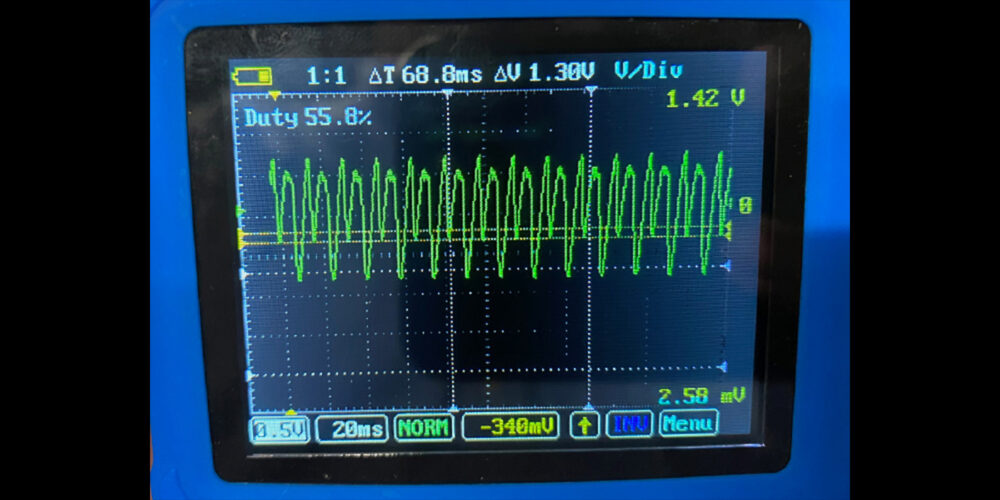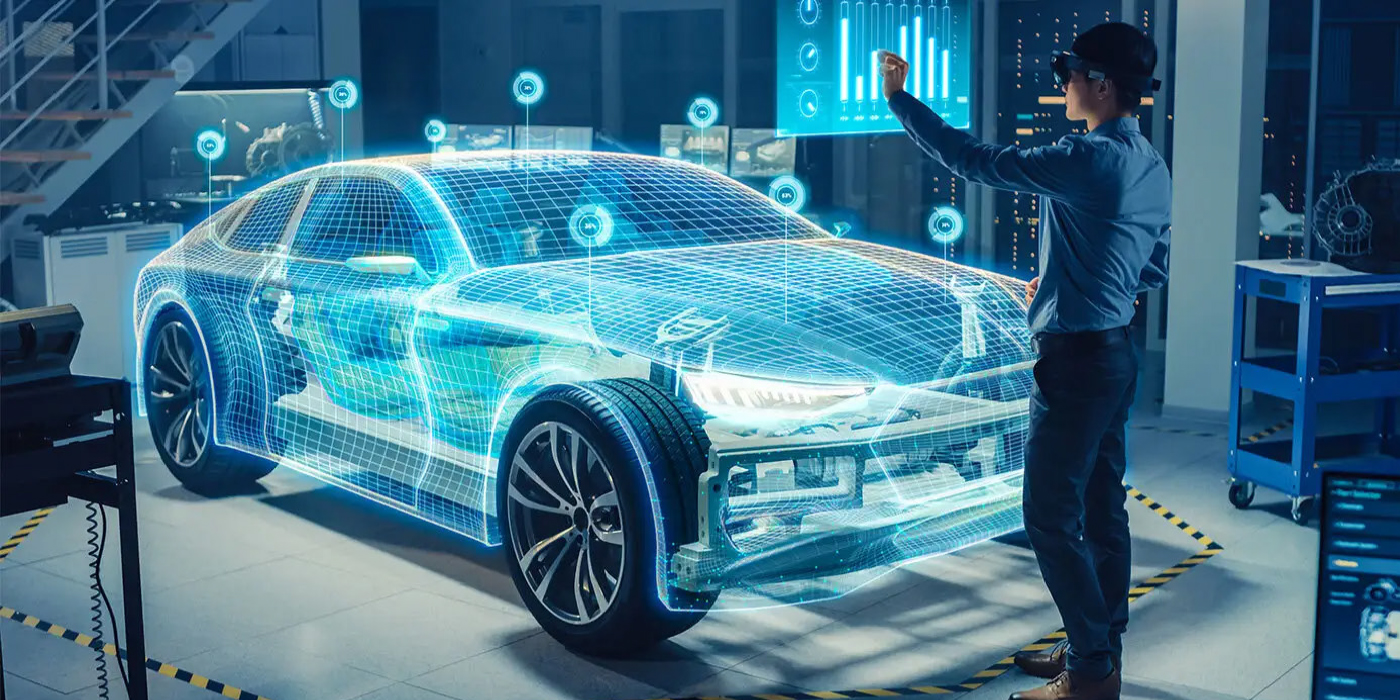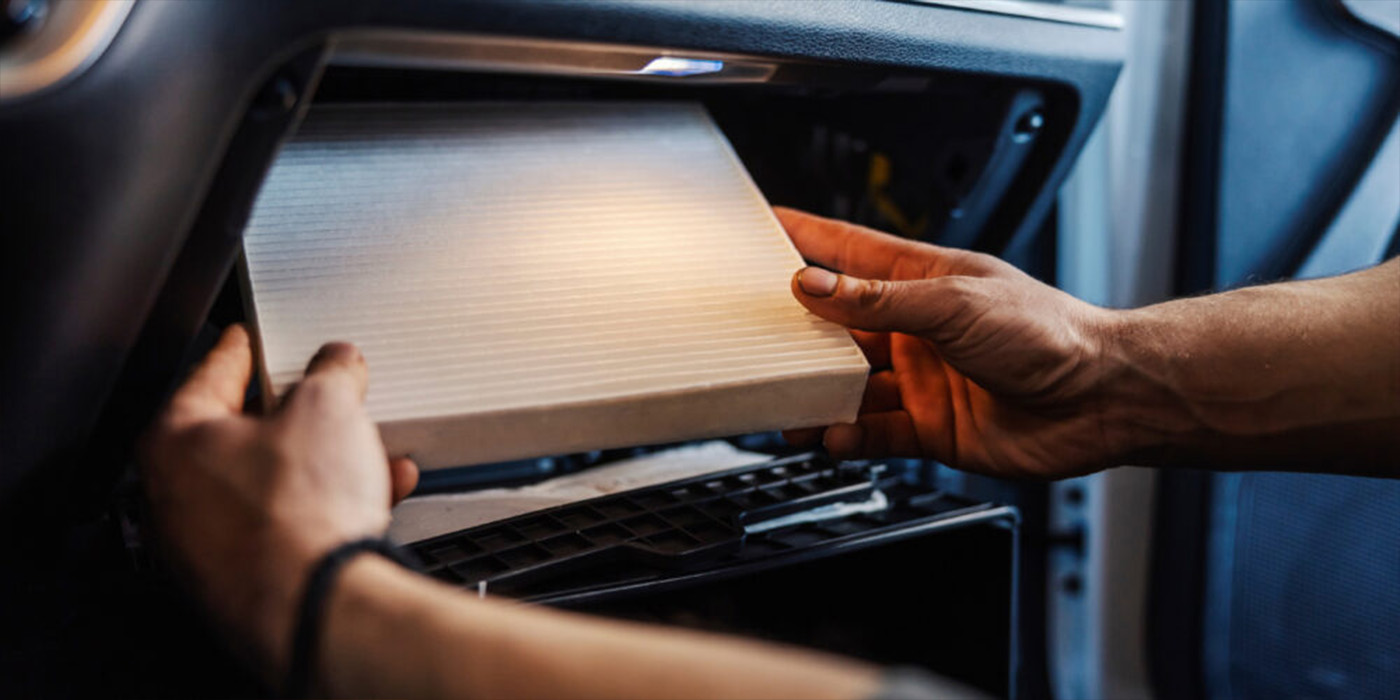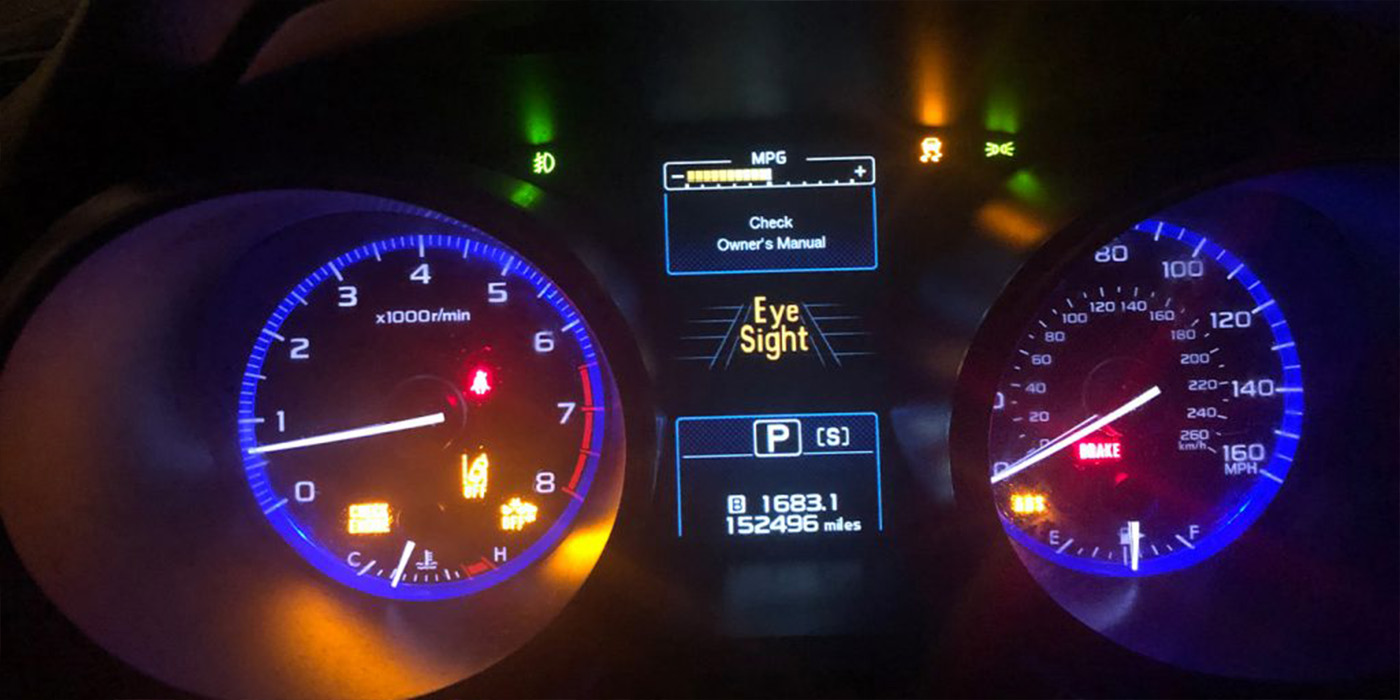by Bob Cooper, president, Elite Worldwide, Inc.
Over the years, I’ve had the opportunity to work with many of the top shop owners in America. I have met thousands of owners who simply go about business as usual and then, unfortunately, and unexpectedly, fail.
I have made quite a few discoveries along the way, so I would like to use this article to share what I feel to be the top 7 reasons most shops fail. 
1. Pride. There is no question that pride plays an important role in a shop owner’s success. It motivates them to take extra steps to ensure a clean shop, properly repaired vehicles and satisfied customers. Certainly there is a place for pride, and all successful shop owners have it, but they also know when to put it in check.
They do so by admitting to their mistakes, complimenting their employees for a job well done, and as Henry Ford exemplified, they accept the fact that they can’t build a successful business on their own. The shop owners who are unwilling to set their pride aside when it’s appropriate to do so are the owners who inevitably will fail.
2. Fear. As with pride, fear also plays an important role in a shop owner’s success. The fear of not doing a good enough job for their customers, the fear of a new competitor moving into town and the fear that accompanies investing in themselves and their employees are all shared by the top shop owners in America. What separates them from those who fail is that they face their fears head-on and take the proper action to ensure their success.
In contrast, the shop owners who fail are paralyzed by fears, take no action and wake up to find their worst nightmares come true. They lose key employees, their car counts drop and their profits disappear.
3. Not realizing what their jobs are. Successful shop owners know that the best way for them to build their business and help their customers is by doing what they should be doing as business owners: setting company goals, developing the plan, hiring the superstars, bringing out the best in employees and ensuring their shop’s success. Those who own failed shops typically have big hearts and can be found under the hoods of vehicles, chasing parts and sweeping their parking lots, instead of doing what they should be doing as owners. These are all things that need to be done, but by other people, not by the owners.
4. Not knowing when and how to invest.  Most shop owners are quick to invest in equipment, inventory and, in most cases, marketing programs. These are all investments that certainly need to be made. However, beyond these types of investments the top shop owners constantly invest in their most important assets: themselves and their employees. Whenever I look at the financial statements of a struggling or failed auto repair shop, one thing is almost always consistent: there is a glaring absence of any investment in their own education or in the training of their staff.
Most shop owners are quick to invest in equipment, inventory and, in most cases, marketing programs. These are all investments that certainly need to be made. However, beyond these types of investments the top shop owners constantly invest in their most important assets: themselves and their employees. Whenever I look at the financial statements of a struggling or failed auto repair shop, one thing is almost always consistent: there is a glaring absence of any investment in their own education or in the training of their staff.
5. The absence of systems. Successful shop owners have clearly defined procedures for answering every phone call, writing up their customers, inspecting vehicles, recommending and selling services, performing services, car delivery and customer follow-up. The shops that fail rarely have systems in place. I have found that their employees typically have their own ways of doing things, which is a guaranteed recipe for failure.
6. Trying to be everything to everybody. Most shop owners try to please everyone, and, for the most part, that’s good. But the top shop owners realize that bringing in the wrong customers will drive down their profitability, erode morale and wipe out their profits. They know exactly who their ideal customers are, and, in turn, target them with all of their advertising programs.
The shops that fail are more interested in filling up their service bays, than bringing in the right people. On the other hand, the top shop owners are concentrating instead on securing the right people and the right vehicles.
7. The absence of goals.  By having clearly defined goals, the top shop owners are passionate about their mission, make better decisions, do a far better job of hiring good people, have happier customers and put more money on their bottom line. The shop owners who fail typically operate their shops from week to week, run up debt and get burned out, ultimately resulting in closed doors.
By having clearly defined goals, the top shop owners are passionate about their mission, make better decisions, do a far better job of hiring good people, have happier customers and put more money on their bottom line. The shop owners who fail typically operate their shops from week to week, run up debt and get burned out, ultimately resulting in closed doors.
In closing, if you want to build a more profitable, successful business, you already know that there are no guarantees of success. The one promise I can make is that business, as with life, is all about choices. If you set your goals and put fear and pride aside, you can successfully build an auto repair shop that is second to none. Others have, so I know you can, too.
——————————————————————————————————————————————–
Since 1990, Bob Cooper has been the president of Elite Worldwide Inc., www.EliteWorldwideStore.com, an ethics-based company that helps both struggling and successful shop owners take their businesses to new levels through one-on-one coaching from the industry’s top experts. The company also offers shop owners sales, marketing, and management seminars, along with service advisor training. You can contact Bob at [email protected], or at 800-204-3548.













